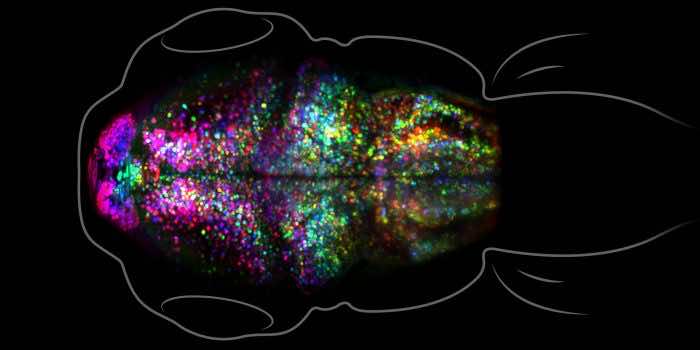Neuroscientists pretty much agree that the brain produces recollections by changing connections, which are the small junctions where neurons connect. Most people assume that it does so primarily through adjusting the intensity of the interconnections, or how powerfully one cell activates the next. Researchers have now seen first-hand what transpires inside a brain as it learns such a highly emotional reaction. A team from the University of Southern California was able to visualize recollections developing in the neurons of experimental fish underneath the microscope as they flowered in stunning fluorescent greens in a new study published in the Proceedings of the National Academy of Sciences. Based on previous research, scientists predicted the brain could retain memory by modestly altering its neuronal architecture.

Fraser and his team recognized the potential to use zebrafish to overcome that physical barrier and discover more about learning and memory development. Fish do not have a hippocampus like mammals, but they do have a rare drop, which is an equivalent area where association memories arise. Fraser and his colleagues genetically altered zebrafish to create neurotransmitters with a fluorescent protein indicator linked to their connections in addition to making that process visible. Fraser and his colleagues trained zebrafish larvae to link a light with being overheated, similar to how 19th-century Russian biologist Ivan Pavlov trained his dogs to froth at the mouth in anticipation of a reward when they heard the voice of a bell.

Despite expectations, irrespectively as to whether the fish learned something, the synaptic connections in the pallium stayed essentially constant. However, in the fish that learned, neurotransmitters were trimmed from some sections of the pallium — similar to trimming a tree sapling, according to Fraser — and reinstalled in others.
Prior studies have shown emotions may be formed through the insertion and elimination of neurotransmitters, but this actual and sizable view of the brain implies that this way of memory creation may be far more important than scientists believed. However, what is good for storing traumatic memories may not be suitable for storing more routine recollections. You probably don’t want to be “tugging neurons out of your brain and creating new ones” when attempting to spell someone’s name, according to Fraser.

The scientists intend to explore if the information is accurate to higher-brained creatures, including mammalian species, and to investigate how these zebrafish and other animals generate recollections that are less emotionally driven or stressful.


